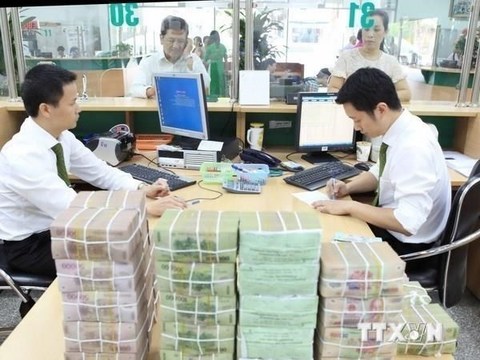E-commerce platforms do not have to pay taxes on behalf of sellers
E-commerce platforms do not have to pay taxes on behalf of sellers
E-commerce platforms do not have to pay taxes on behalf of sellers, but are only responsible for providing information to the authorities.

Decree 91/2022/ND-CP amending and supplementing a number of articles Decree 126 detailing the Law on Tax Administration has just been promulgated by the Government, effective from October 30.
Specifically, the new Decree stipulates that the organisation that is the owner of the e-commerce floor is responsible for providing fully, accurately and on time to the tax agency information of traders, organisations or individuals that have conducted part or the whole process of buying and selling goods and services on the e-commerce trading floor.
This information includes the seller's name; tax identification number, personal identification number, identity card, citizen identification, passport, address; phone number; and sales through the floor's online ordering function.
The activity of providing information is carried out on a quarterly basis, no later than the last day of the first month of the following quarter.
E-commerce floors will provide it through the Portal of the General Department of Taxation in the data format published by this agency.
This means that e-commerce floors do not have to pay taxes on behalf of sellers, but are only responsible for providing information to the authorities.
Before that, the e-commerce floor was expected to still pay taxes on behalf of sellers.
The recently released Viet Nam E-commerce White Paper 2022 has forecast that the size of the Vietnamese retail e-commerce (B2C) market will reach US$16.4 billion this year, up 20 per cent over the previous year.
According to the General Department of Taxation, Viet Nam currently has 139 e-commerce trading floor owners, in which, 41 sales floors, 98 service floors; three partner companies of foreign suppliers are allowed to pay for organisations and individuals on behalf of foreign suppliers.
The average number of customers accessing the exchanges is estimated at 3.5 million times per day.























